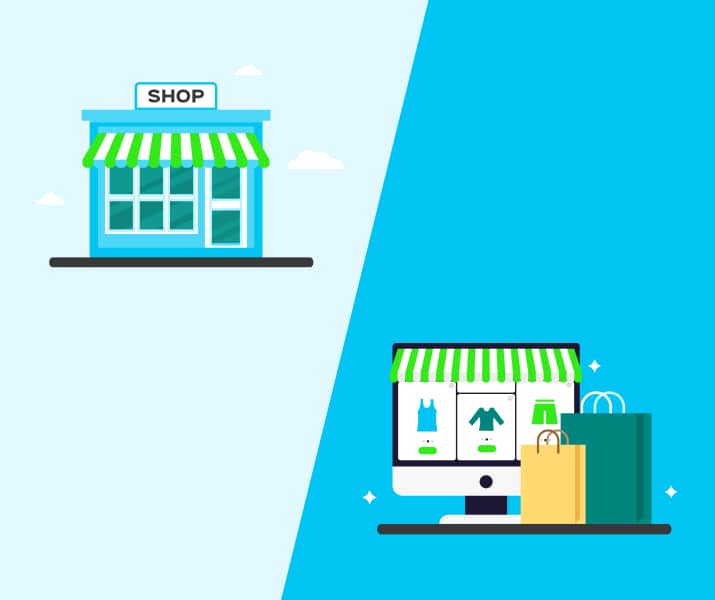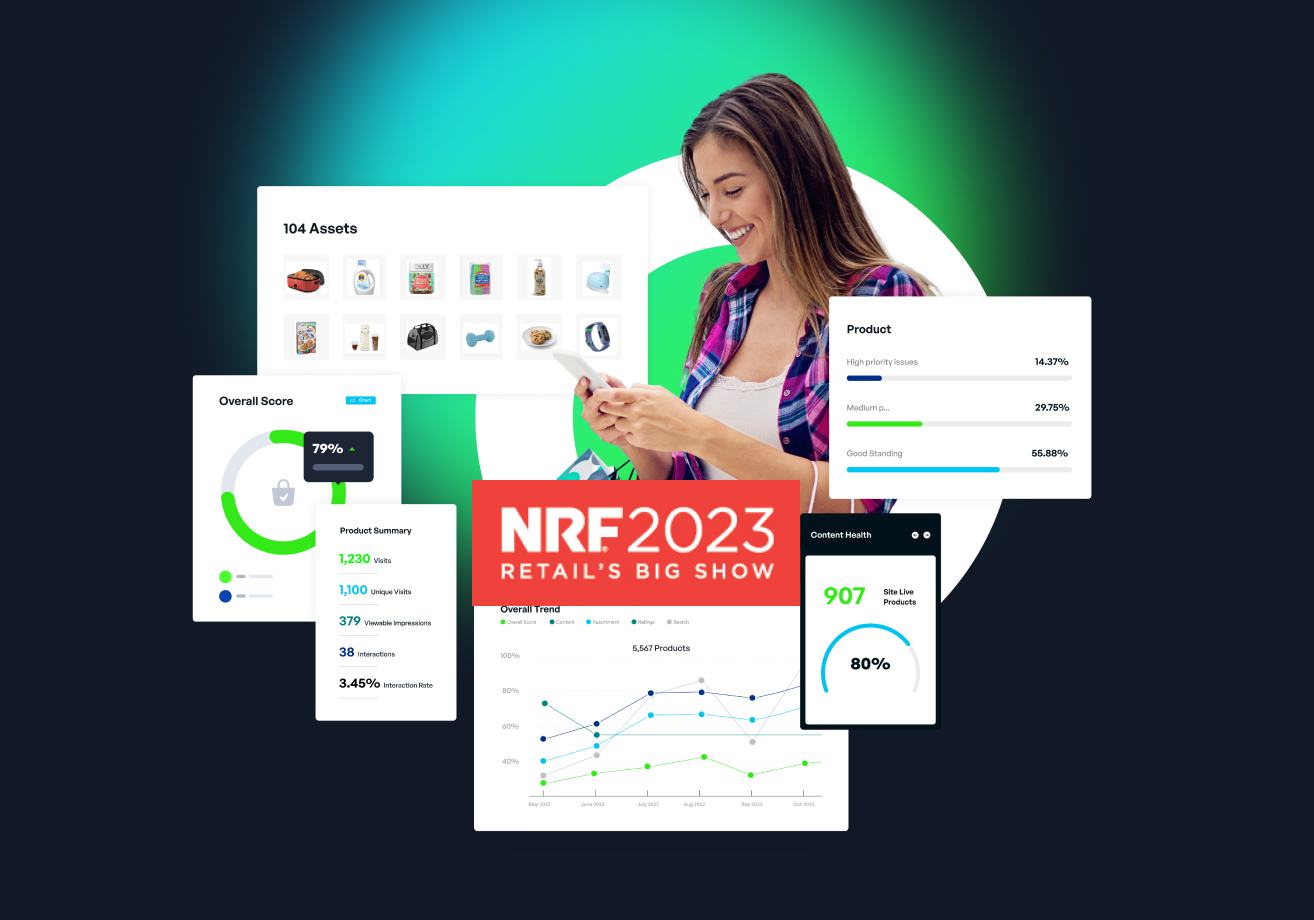Before You Spend a Dollar on Retail Media, Read This
By Stephanie Nelson, VP Connected Commerce & Performance Media, Acosta Group
One minute you’re scrolling TikTok. The next you’re reading reviews on Amazon. Then you’re standing in a store aisle, price-checking before buying online.
That’s how people shop now—bouncing between apps, websites, and stores.
By 2027, 70% of retail sales will be sparked by something digital like an ad, review, or search result. And retail media is exploding, with ad spend surging across platforms like Amazon, Walmart, and Instacart. In the U.S. alone, retail media spend is expected to grow another 20% in 2025.
Competition is fierce. Clicks are expensive. Consumers are scroll-weary. Layer on inflation, a boom in private label, and razor-thin margins, and the entire retail media ecosystem is feeling the pressure.
Spoiler alert: The solution isn’t about chasing the cheapest ad bundle. It’s about understanding how ads influence actual behavior. Sure, cheap impressions might drive a few sales, but the goal here is long-term growth.
Knowing how every piece of the retail puzzle connects—and optimizing in real time—is how you win today.
Why Should You Care?
Because it adds up—fast.
Retail media campaigns don’t work in a vacuum. Their success depends on the health of your digital shelf. But too often, these pieces are treated separately, leading to disjointed strategies that fall short. Even the coolest campaign can miss the mark if your product listings are buried, out of stock, or missing info.
Shoppers expect a smooth experience. If your content isn’t catchy and useful, they’ll move on.
That’s why our Connected Commerce team works closely with data gurus like Syndigo to help brands build smarter strategies. We make sure your digital shelf isn’t just “retail ready.” We ensure your entire digital presence is working in synch—ads, product pages, pricing, and even reviews.

Five Simple Ways to Turn Data into Performance
1. Make sure shoppers can actually find you
If your products aren’t showing up when shoppers search, they might as well not exist.
Suppose a pet food brand ranks on page two for grain-free dog food, even after a targeted retail media campaign. A few strategic tweaks to the product detail page—refining the title or sharpening keywords—can double conversion rates in just a few weeks.
Start by looking at your share of search across branded and high-priority keywords. This shows how your products rank compared to competitors and highlights ways to improve visibility.
Then use digital shelf intelligence tools to fine-tune product titles, descriptions, and bullet points to improve organic rankings.
And be smart about spending ad dollars. Don’t waste money advertising a product that’s already ranking high. For those, a light touch keeps your position. Instead, invest in underperformers. Often, it’s not your bid that’s holding you back—it’s your content.
The takeaway: Small content tweaks can create big performance lifts. Use that budget to boost the ones that need help.
2. Stay ahead of the competition with real-time shelf intelligence
Availability and eligibility can feel like a game of Minesweeper. Everything’s fine until something suddenly explodes. Product runs out. A promo flag disappears. And just like that, momentum stalls.
These details can make or break a sale. The good news? With real-time shelf signals, you can spot these disruptions before they hurt performance—and even track when your competitors hit the same snags.
When you know exactly where you’re losing on price or availability, you can adjust your bids and budget in real time. That might mean shifting spend to a SKU that’s converting well or pulling back on one that’s temporarily off the shelf.
The takeaway: Watch who’s showing up next to you in search. If your competitor is cheaper or in stock when you’re not, you’re losing the sale. Stay alert. Stay nimble.
3. Turn customer reviews into advertising gold
Brands often invest in audience data and attribution models to improve campaign performance. But what they miss is the gold hiding in plain sight: real shoppers, telling you what they like and how they talk about it.
Sure, your review data can shape stronger ad messaging, sharper product titles, and more relevant copy. But it goes deeper than that. The people writing the reviews matter, too—age, usage behavior, even lifestyle details can shape your targeting.
Reviews can also uncover gaps in your assortment. If customers are loving a specific flavor or size—and you’re not promoting it yet—that could be your next best seller.
The takeaway: Real words from real people can guide your creative, improve targeting, and spotlight new opportunities.
4. Fix your product pages before you advertise
Don’t waste media dollars sending shoppers to weak product pages—especially on major stages like Walmart or Target. Your ads might earn the click, but if shoppers land on a page with blurry images, vague descriptions, or bad reviews, they won’t stick around.
Clean, clear, and visually strong product pages help turn clicks into conversions.
And it goes both ways. Strong product content boosts ad performance, and smart campaigns can drive in-store wins. Take Zico, for example. Sponsored Product ads on Walmart boosted both gross merchandise value (GMV) and visibility. And through close collaboration with the Walmart buyer, Zico expanded distribution into 700 more stores. As their in-store footprint grew, so did digital engagement.
The takeaway: Use retail media data to sharpen your product pages. If a keyword or ad is driving clicks, update your content to reflect that language—it’ll lift both ad performance and organic rankings.
5. Measure what matters with connected analytics

To truly measure the impact of your retail media and digital shelf efforts, you need closed-loop analytics. You should be able to see which ad, on which platform, actually led to a sale. That’s the only way to move from guesswork to real cause and effect.
Without this clarity, even the smartest strategies stay stuck in theory. The right tools should connect shelf signals to media performance, support quick pivots, and clearly show what’s working (and what’s not.)
The takeaway: Don’t settle for vague dashboards. Make sure your data tools show the full picture, from impression to sale. If you can’t measure results, you’re just spending.
The Acosta Group’s Connected Commerce team can help you optimize your presence and stretch every ad dollar further.
ABOUT ACOSTA GROUP
Acosta Group is a collective of the most trusted retail, marketing, and foodservice agencies empowering brands and retailers to win in the modern marketplace. By delivering transformative solutions, Acosta Group connects brands with consumers everywhere they sell.












 Don't miss out! Subscribe to our blog for updates.
Don't miss out! Subscribe to our blog for updates.